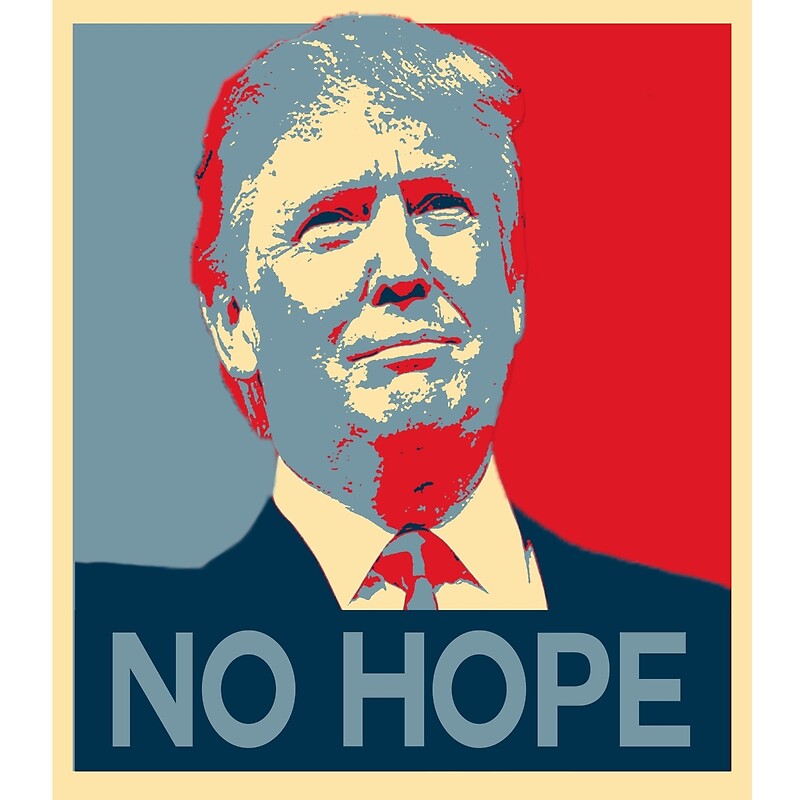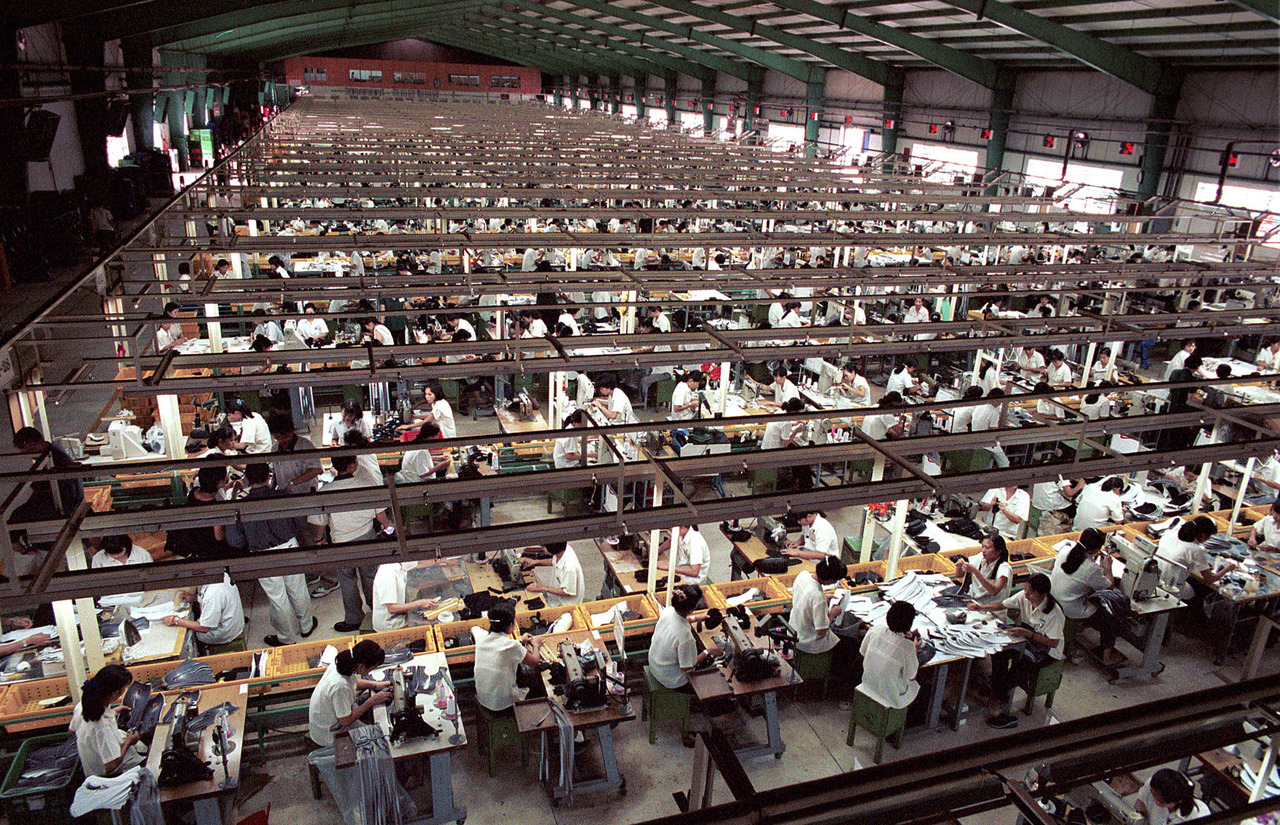It's almost 10 years since the housing market in the United States came down crashing and burning taking the financial markets down with it. Since then, banks and other financial institutions have faced several regulations in order to be more cautious when granting loans and credit to households.
However, in the edge of this 10 years' anniversary something peculiar is happening in Sweden. The oldest central bank in the world, Sweden's Riksbank is still maintaining the -0,5 % interest rate and announcing that the negative interest rates could be reality for the next 2 years. This combined to the situation where there exists an excess demand for housing in Sweden, this means that the price level of the Swedish real estate, that has been increasing for the past 20 years, keeps on increasing further. In last year alone, the price level of housing in the city of Malmö increased by over 20 %. This is very disturbing.
When combined to the increasing level of the household indebtedness, even the International Monetary Fund has warned Sweden about the situation. The indebtedness is currently over 340 %, which is the all-time highest ever recorded in Sweden.
For those of you don't know why the rapid and continuous increase in the price level of real estate is a concern for the financial markets, here's an explanation. When the price level of housing increases, that means that the amount of mortgages granted by the banking sector increases. This means that the banks have given out more of their money as a loan for the people willing to buy a house.
You might be familiar with the situation where "the bank owns the house", until the mortgage is paid with interest. When negotiating a mortgage, usually (always) the bank requires a collateral of a certain amount to be sure that in case of a default, the bank still gets something. The collateral can be a personal bail, property or land. In most of the cases however, the collateral is the house itself where the mortgage is granted. That means that the bank has the house as an asset until you have paid your mortgage for the bank.
Why this is a risk? If the price level of housing is increasing, doesn't this mean that the banks and the households profit from the increased value of the house if the house is sold, for example?
The risk is the vice versa. In the current world where the interest rates are close to zero or negative, loans and credit are cheaper than before. This makes it relatively easy for the households to deal with their debt, when the interest paid on the loan is very low. The figure below shows the development of the Swedish interest rates.
Here's the risk. Now when the interest rates are very close to zero, let us consider the situation in 2005-2008, where the interest rate rose 3 % during the 3 years. Now when people have taken a great amount of loans and credit, they are very exposed to the interest rate risk. If the interest rate increases for example due some kind of a black swan, the households might face difficulties to pay their debts.
What does this mean from the point of view of the banking sector? If the households will face difficulties to handle their loans because of the increased interest rates, that increases the risk for the bank to face defaults. If interest rates rise and people cannot afford to pay back their mortgages, the bank will experience losses.
But in the case for defaults and losses, the banks have the houses as their collateral. However, if defaults are starting to rise, this means that more people have to sell their homes. If even more and more people are trying to force-sell their homes, the housing market will experience excess supply in some point of time. This is from the law of supply and demand.
When the houses start losing their value due to the excess supply, the value of the assets in the banks' balance sheet decreases. If the banks' experience great losses due to the defaults, the next financial crisis could burst. The banking sector in Sweden is currently over 400 % relative to the country's GDP.
What makes the situation in Sweden even more risky is the fact that during the past years, the Swedish banks have granted so called "eternal mortgages", where the debtor has paid only interest of the loan. This has been considered to accelerate the increase in the housing price level even further during the past years.
Even though more regulations have been set for the banks when granting mortgages and the terms of the mortgages have been tightened by the legislation, the situation is still somewhat disturbing. The situation is risk not just for Sweden, but for all of the Nordic countries who are closely integrated into the same financial markets as Sweden. Including Finland.
Only time will show if something is going to happen in Sweden. The risks have increased, but luckily a crisis is not to be seen just yet.







